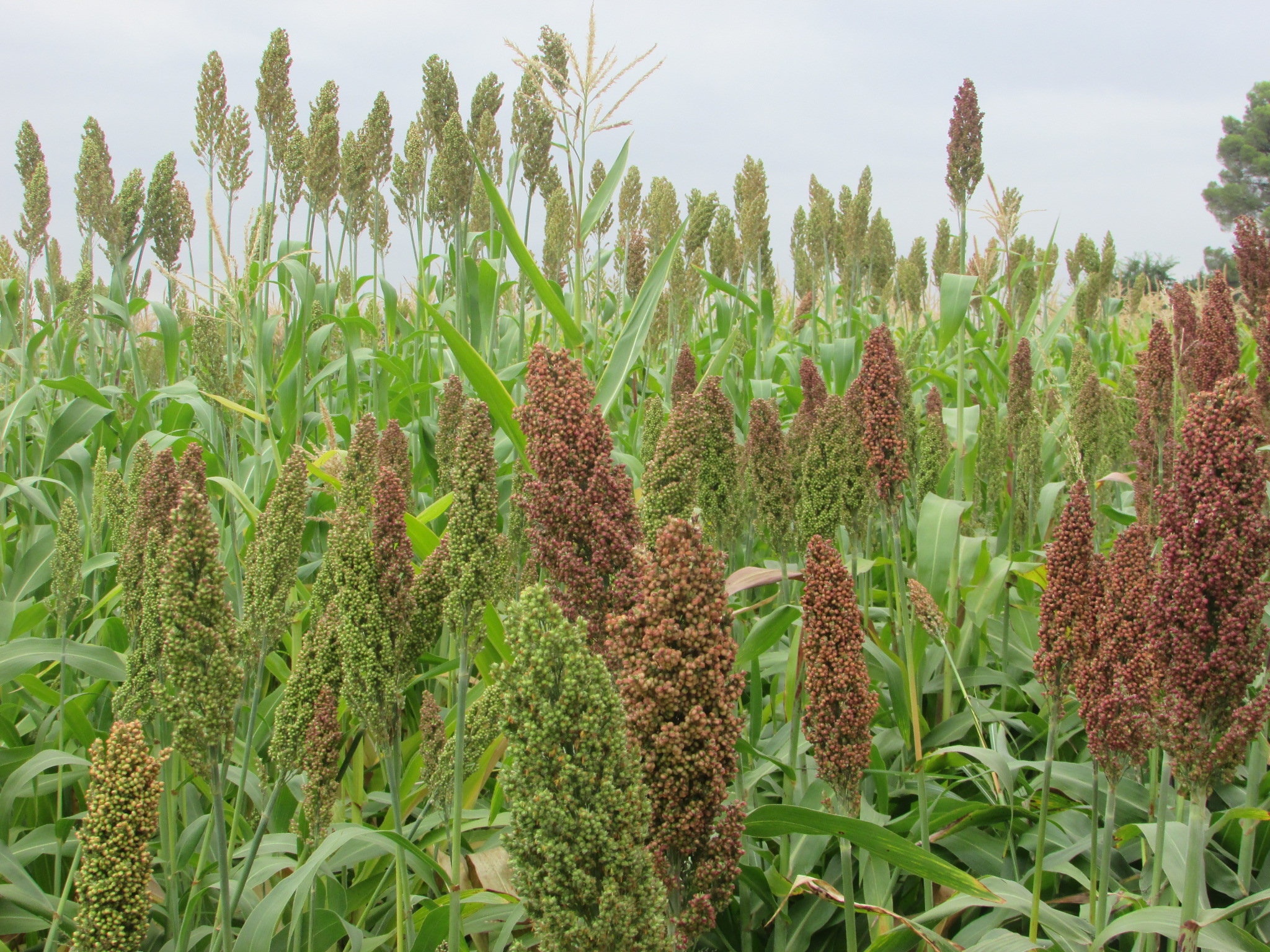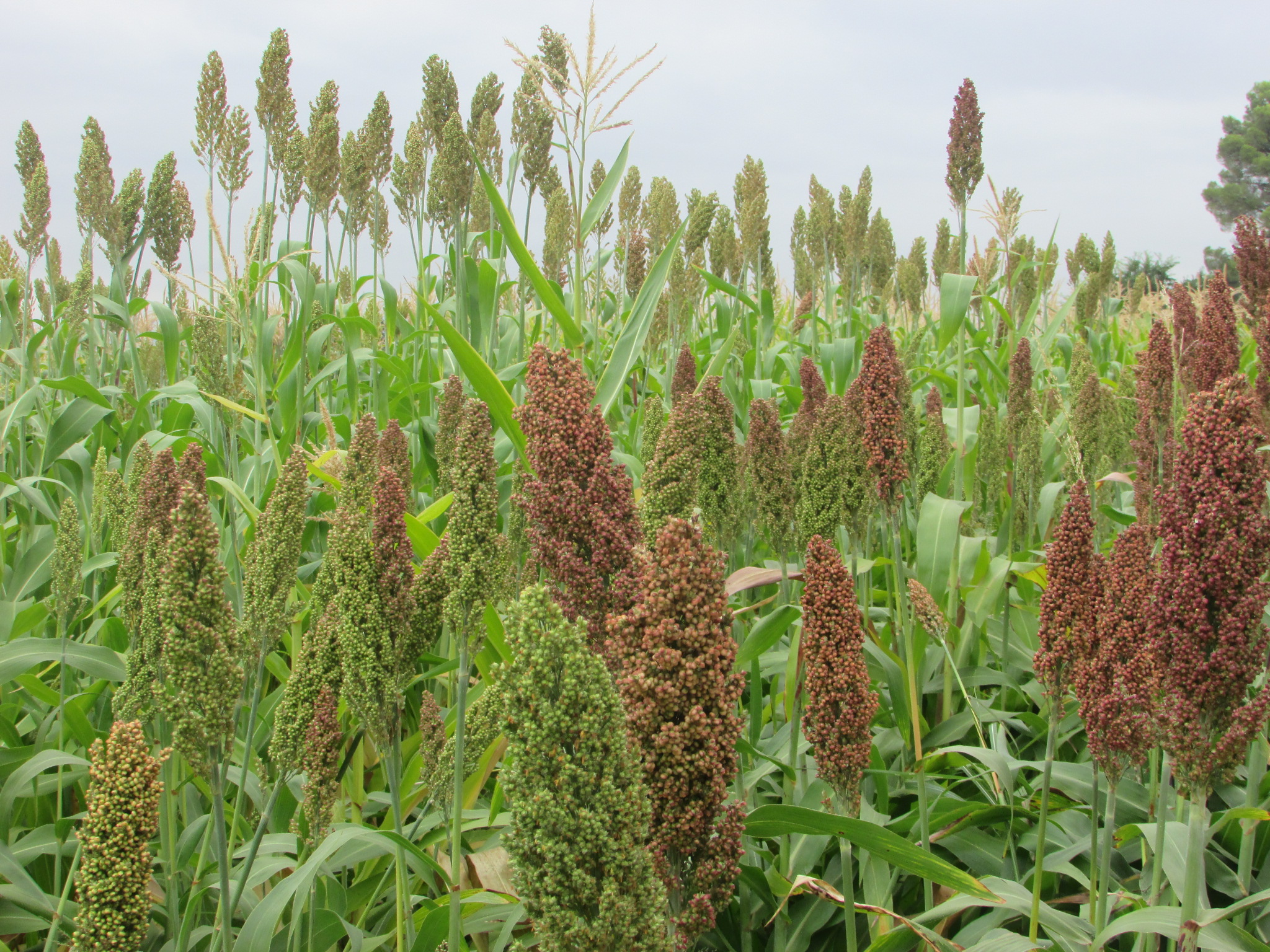Sorghum silage production in the northern oasis of Mendoza, Argentina
Palabras clave:
forraje, producción ganadera intensiva, zonas áridasResumen
The study and use of preserved forages in the northern oasis of the province of Mendoza arise from the expansion of intensive farming in the area combined with the limited supply of forage due to the seasonal nature of perennial pasture production. Forage-type sorghums are a silage option because they adapt well to limiting edapho climatic conditions and have high forage yields. This paper evaluates four sorghum hybrids for whole-plant silage (ACA 558, ACA 715, ACA 740, Silero Inta-Pemán) cultivated in Mendoza's northern oasis (33º00'38" S and 68º52'28" O) during the 2015-2016 and 2016-2017 crop cycles. Genotypes were characterized according to green matter (GM) and dry matter (DM) yields, plant height, and to the panicle dry weight/whole-plant dry weight ratio. No significant differences (p≥0.05) were observed in GM or DM yields among the hybrids in the crop cycles under study. In the 2015-2016 crop cycle, the average GM and DM yields were 110,024 kg/ha-1 and 30,914 kg/ha-1, respectively, whereas during the 2016-2017 crop cycle the average GM and DM yields were 115,122 kg/ha-1 and 30.752 kg/ha-1, respectively. The results obtained confirm that whole-plant sorghum silage is an interesting forage resource for intensive cattle farming in Mendoza.
Highlights
- Sorghum silage is an interesting and feasible forage resource for intensive cattle farming in the province of Mendoza.
- The hybrids tested exhibited significant differences in plant height and the panicle dry weight/whole-plant dry weight ratio.
- The hybrid's performance about green matter yield (kg/ha-1) and dry matter yield (kg/ ha-1) showed no differences.

Descargas
Publicado
Número
Sección
Licencia
Aquellos autores/as que tengan publicaciones con esta revista, aceptan las Políticas Editoriales.



